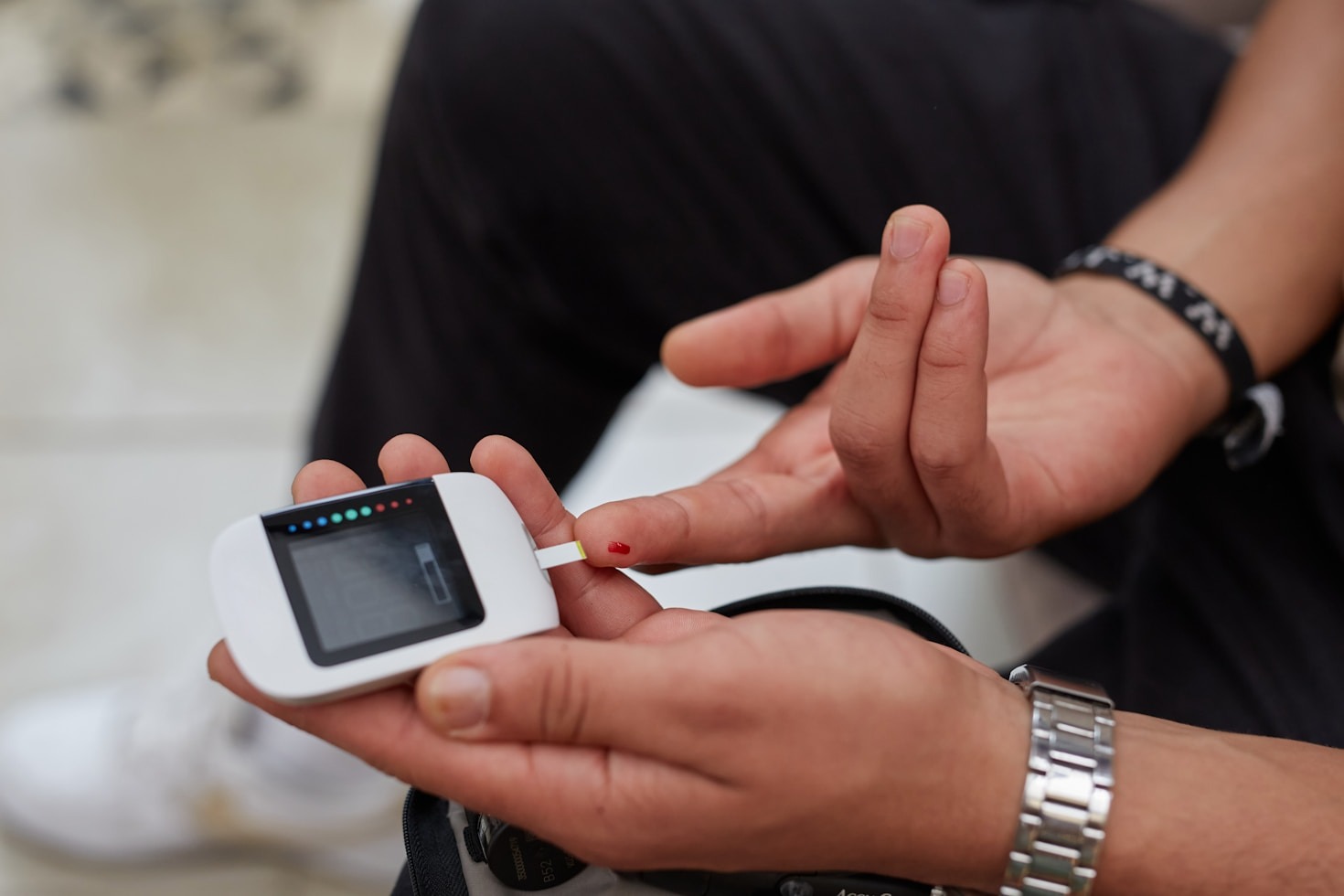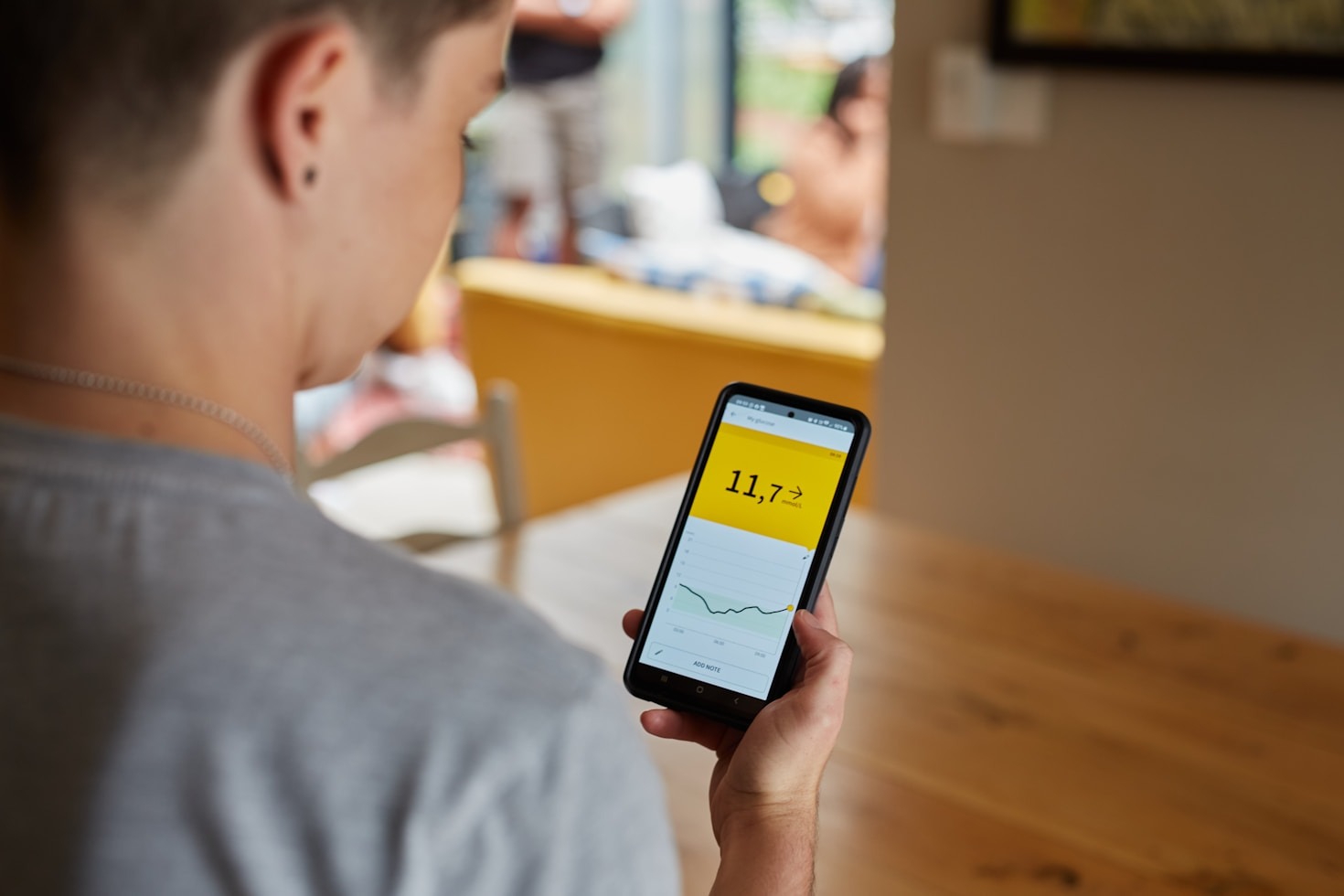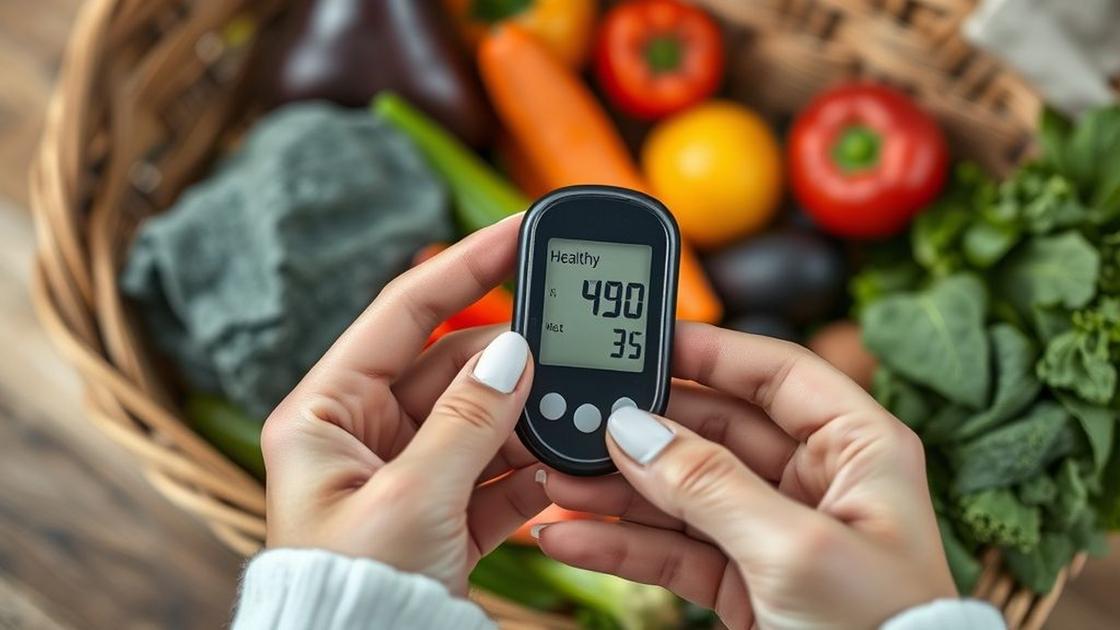Have you noticed subtle changes in your body lately? Recognizing early blood sugar symptoms can be a game changer for women like you. Whether it’s fatigue, anxiety, or those pesky cravings, understanding what your body is signaling can empower you to take action. Many women over 30 face these challenges daily, and it’s easy to overlook the signs that your blood sugar might be out of balance. In this article, we will dive into the critical symptoms, how to recognize them, and actionable steps you can take to reclaim your vitality.
Understanding Blood Sugar Levels and Their Impact
Blood sugar, or glucose, is vital for our health. It’s the main source of energy for our bodies. But what happens when it’s too low or too high? Many women over the age of 30 may experience shifts in these levels. Understanding these levels is the first step to recognizing how they impact your daily life.
When your blood sugar is too low, you might feel weak or dizzy. You may even experience mood swings or find it hard to concentrate. On the other hand, high blood sugar can lead to fatigue and even problems with your vision over time. It’s essential to be aware of these changes and how they can creep into your everyday experiences.
Common Symptoms of Low and High Blood Sugar
Recognizing the symptoms of imbalanced blood sugar levels is crucial for making informed health choices. Here are some common signs:
- Low Blood Sugar Symptoms:
- Feeling shaky or jittery
- Sweating excessively
- Feeling irritable or anxious
- Extreme fatigue or weakness
- Hunger pangs
- Difficulty concentrating
- High Blood Sugar Symptoms:
- Increased thirst
- Frequent urination
- Fatigue that doesn’t seem to go away
- Blurred vision
- Headaches
Many women often overlook these symptoms, attributing them to stress or just another busy day. Remember to listen to your body.
The Role of Diet in Blood Sugar Management
What you eat has a significant impact on your blood sugar levels. For women navigating hormonal changes and daily challenges, a balanced diet can be a game changer. Here are some dietary tips to manage your blood sugar:
- Choose Whole Foods: Incorporate plenty of fruits, vegetables, lean proteins, and whole grains into your meals.
- Limit Processed Foods: Reduce sugary snacks and beverages. These can cause quick spikes in your blood sugar.
- Stay Hydrated: Drink plenty of water throughout the day, as dehydration can affect your body’s ability to manage blood sugar.
- Monitor Carbs: Make sure to keep track of your carbohydrate intake to maintain balanced levels.
By making mindful choices about what you eat, you’re not just nourishing your body — you’re empowering yourself to feel your best.
How Stress Affects Blood Sugar Levels
Stress is an uninvited guest that can wreak havoc on your blood sugar levels. When you’re feeling overwhelmed, your body releases hormones like cortisol and adrenaline. These hormones can cause your blood sugar to rise. For many women, stress can feel like an everyday reality, but understanding its impact is essential.
By incorporating stress-relief techniques, such as deep breathing or gentle yoga, you can help balance your blood sugar levels. Taking a few moments for yourself can be a powerful way to protect your health.
Self-Monitoring: The Key to Recognizing Symptoms
Self-monitoring is a vital tool for identifying how your body reacts to different foods, activities, and stress levels. Consider keeping a journal that notes your symptoms, meals, and emotional state. Here’s how to do it:
- Track Your Meals: Write down what you eat and the timings. Pay attention to how you feel before and after meals.
- Note Your Symptoms: Record any symptoms you experience daily. Note down their severity and any triggers you identify.
- Reflect on Emotions: Understanding your emotional state can provide insights into stress-related blood sugar changes.
By observing patterns, you can gain better control over your health and understand your body’s needs more clearly.
Simple Lifestyle Changes to Improve Blood Sugar Balance
Even small lifestyle adjustments can lead to significant improvements in your blood sugar regulation. Consider these simple changes:
- Regular Exercise: Aim for at least 30 minutes of moderate exercise most days. Walking, swimming, or dancing can be enjoyable options.
- Sleep Well: Prioritize good sleep hygiene. Aim for 7-9 hours of quality sleep each night.
- Establish a Routine: Try to eat meals around the same time each day. Consistency can help your body maintain stable blood sugar levels.
Implementing these changes can enhance your quality of life and help alleviate some of the silent struggles many women face daily.
When to Seek Professional Help and Guidance
Recognizing the need for professional help is a vital part of managing your health. If you frequently experience symptoms of unbalanced blood sugar, consider seeking guidance from a healthcare professional. This can include:
- Your Doctor: They can offer tests to check your blood sugar levels and rule out underlying conditions.
- A Nutritionist: They can assist in crafting a diet plan that caters to your specific needs.
- Support Groups: Sometimes, connecting with others who experience similar challenges can provide immense emotional support.
Don’t hesitate to reach out — taking this step can lead you towards a healthier journey.
The Connection Between Hormones and Blood Sugar
Hormonal changes can significantly affect blood sugar levels, especially for women over 30. Conditions like menopause, PCOS, and thyroid imbalances can all play a role. Learning how to navigate these changes is key.
Listen to Your Body: If you notice unusual symptoms related to your blood sugar during hormonal changes, consult with your healthcare provider.
Educate Yourself: Understanding how hormones interact with blood sugar can empower you to make informed choices that benefit your health.
Inspirational Stories of Women Who Transformed Their Health
Many women have faced challenges with blood sugar levels, often feeling overwhelmed. Yet, with determination and the right strategies, they have turned their health around. Here are just a few stories:
- Sarah: After struggling with fatigue, she discovered the impact of a balanced diet and regular exercise. Now, she’s living her best life.
- Emily: She realized stress was affecting her blood sugar. By incorporating mindfulness practices, she regained control over her health.
- Linda: After working with a nutritionist, she created a personalized meal plan that helped stabilize her blood sugar and improved her energy levels.
These inspiring victories remind us all that change is possible.
Empower Yourself: Steps to Take Control of Your Health
Taking control of your health involves choosing to make informed decisions. Consider these empowering steps:
- Educate Yourself: Knowledge is power; learn about blood sugar and overall health.
- Set Realistic Goals: Start with small changes, and gradually build upon them to avoid feeling overwhelmed.
- Be Kind to Yourself: Acknowledge your efforts and celebrate small victories along your journey.
It’s possible to improve your health and well-being. Just like many women have done before you, you can find your path to balance and vitality. Every step you take is a step towards a healthier, happier you. Discover your journey by exploring the solutions available today.










